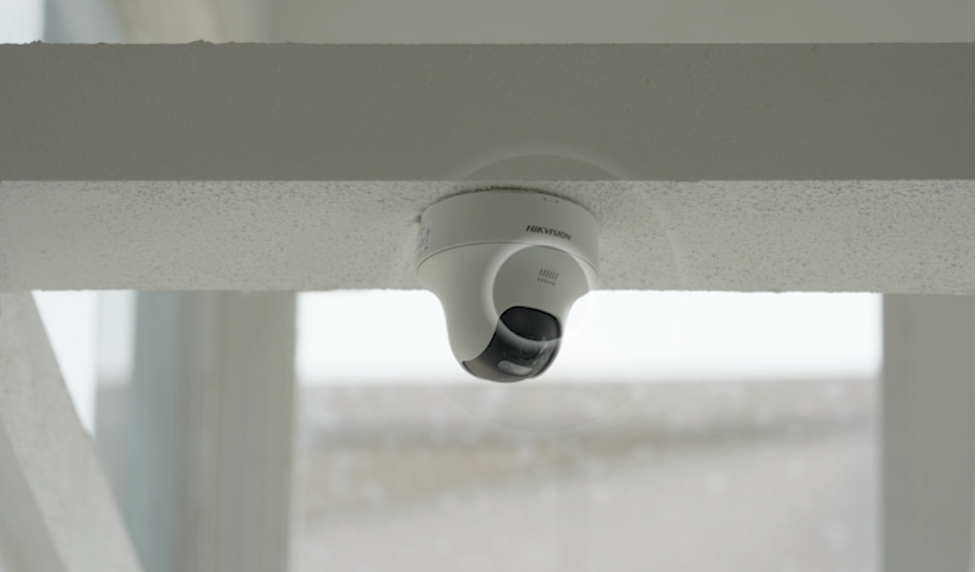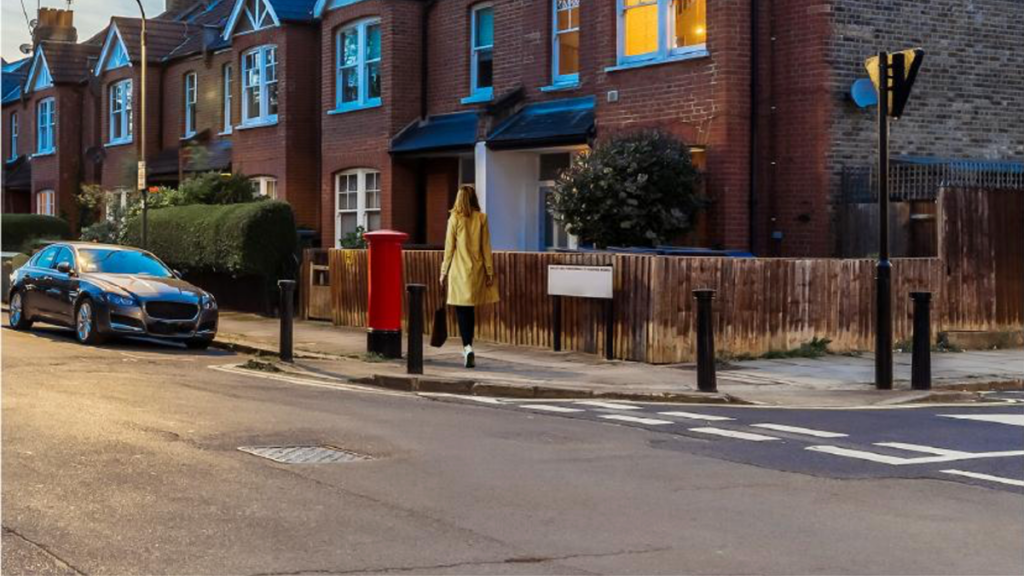In today’s world, home and business security is more important than ever. With advances in technology, security systems are becoming smarter and more efficient. One feature that has gained popularity is two-way audio. But what is two-way audio, and does your security system really need it? This article will explore the concept, benefits, and potential drawbacks of two-way audio in security systems, helping you make an informed decision.
What is Two-Way Audio in Security Systems
Two-way audio in security systems allows for communication in both directions between a security camera, intercom system, or network speaker and a connected device, such as a smartphone or computer. This enables users to not only hear what is happening in the monitored area, but also to speak through the camera or intercom, allowing for real-time interaction with people on the other end.
If you’re interested in learning more about Hikvision products, you can find additional information here and about network speakers here.
Setups and Components
There are two main setups for two-way audio systems, consisting of several key components:
- Built-in Speaker and Microphone: Some cameras come with integrated speakers and microphones. These cameras with speakers can handle two-way communication on their own, making installation simple and straightforward.
- Camera and Network Speaker Combination: In some setups, the camera might not have a built-in speaker. Instead, it connects to a network speaker. This combination can be beneficial in larger areas or commercial settings where a more powerful speaker is needed for clear communication. It provides the flexibility of positioning the speaker in optimal locations for effective audio transmission.
- Camera and Intercom System: Alternatively, the camera might connect to an intercom system. This setup allows for both audio capture and real-time communication through the intercom, which is especially useful in scenarios requiring direct interaction with individuals in the monitored area.
Benefits of Two-Way Audio in Security Systems
Understanding the benefits of two-way audio can help you see why this feature is becoming more popular in security systems.
1. Enhanced Communication
In a business setting, effective communication is critical. Two-way audio allows you to interact directly with visitors, delivery personnel, or even potential intruders. This feature enables you to manage access and address people at the door without having to be physically present. You can greet visitors, give instructions, or ask questions from your office or remotely, improving operational efficiency.
2. Deterrent Effect
The presence of two-way audio can significantly enhance security by deterring unwanted activities. If someone with bad intentions approaches your building, addressing them directly can scare them off, reducing the risk of theft or vandalism.
3. Safety and Assistance
In emergencies, direct communication is crucial for ensuring safety. Two-way audio allows you to provide immediate help and guidance. For instance, if an employee faces a security threat or medical emergency, they can call out to the camera. You can then respond quickly, coordinating necessary actions like calling emergency services or providing first aid instructions.
4. Convenience
Managing daily operations and deliveries becomes much easier with two-way audio. If you’re not on-site and a delivery arrives, you can instruct the driver on where to leave the package securely. Similarly, you can communicate with staff or visitors at any entrance, ensuring smooth and efficient operations without needing to be everywhere at once.
5. Better Overall Security Management
Two-way audio adds another layer of control and responsiveness to your security system. By enabling real-time interaction, it enhances your ability to manage and respond to situations as they happen. This dynamic control can be crucial for maintaining a secure and well-organized business environment.

Use Cases for Two-Way Audio Cameras
Two-way audio cameras are versatile and can be used in various settings to enhance security and convenience.
1. Residential Security
For home security, in addition to cameras, two-way audio like a intercom system is also crucial. Imagine you’re at work and someone rings your doorbell. With a two-way audio camera, you can see who’s there and talk to them. This is especially helpful for handling deliveries or unexpected visitors. It also gives you peace of mind, knowing you can always check in on your home and communicate with anyone there.
2. Commercial Security
In business settings, two-way audio cameras help manage access and ensure security. You can control who enters the building by talking to them through the camera. This is useful for communicating with delivery personnel, visitors, or even staff members in different parts of the building. It adds an extra layer of security and efficiency to daily operations.
3. Public Spaces
Two-way audio isn’t just for private properties. It’s also valuable in public spaces like parks, parking lots, and other communal areas. Security personnel can monitor these areas remotely and communicate with people on the ground. Whether it’s providing directions, addressing suspicious behavior, or coordinating emergency responses, two-way audio enhances public safety.
Besides, the coverage range or volume of the built-in speaker on the camera may not be sufficient, necessitating the use of professional-grade speakers in conjunction with cameras for effective public announcements.
4. Elderly and Child Care
For families, two-way audio security cameras are a great way to stay connected. If you have elderly relatives living alone, you can check in on them and ensure they’re safe. If something goes wrong, they can reach out to you through the camera. Similarly, you can use these cameras to monitor your children, giving you peace of mind while they play or sleep in another room.
Potential Drawbacks and Considerations
While there are many advantages to two-way audio in security systems, it’s important to consider the potential drawbacks.
1. Privacy Concerns
Ensuring privacy is a significant consideration with two-way audio. While two-way audio has many benefits, it’s important to consider privacy issues. Ensuring secure data transmission is crucial to prevent unauthorized access. Additionally, it’s essential to comply with privacy laws and regulations, especially when recording audio in public or semi-public spaces. Transparency with family members, employees, or visitors about the presence of audio recording is also a key factor.
2. Technical Issues
Technical issues can arise with any security system, including those with two-way audio. Two-way audio systems rely on a stable internet connection. Connectivity problems can lead to delays or poor audio quality, which can be frustrating and reduce the effectiveness of communication. It’s important to invest in a reliable network and choose high-quality equipment to minimize these issues.
3. Cost
Cost is always a factor when considering security upgrades. High-quality two-way audio cameras can be expensive. It’s important to weigh the benefits against the costs and determine if this feature is worth the investment for your specific needs. Sometimes, a basic camera might suffice, and other times, the added security and convenience of two-way audio justify the higher price.
Conclusion
Two-way audio in security systems offers significant advantages, from enhanced communication and deterrence to added safety and convenience. However, it’s also important to consider potential privacy concerns, technical issues, and costs. By understanding these factors, you can decide if two-way audio is a necessary feature for your security system. Whether for residential, commercial, or public use, two-way audio can enhance your security setup and provide peace of mind.

